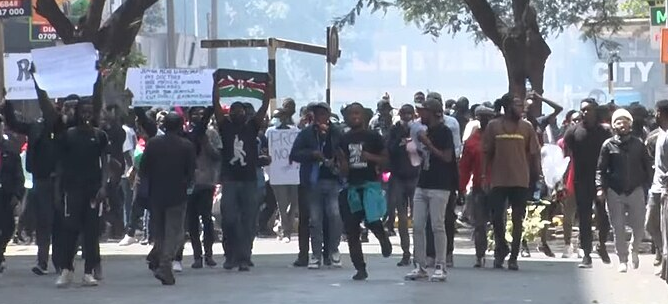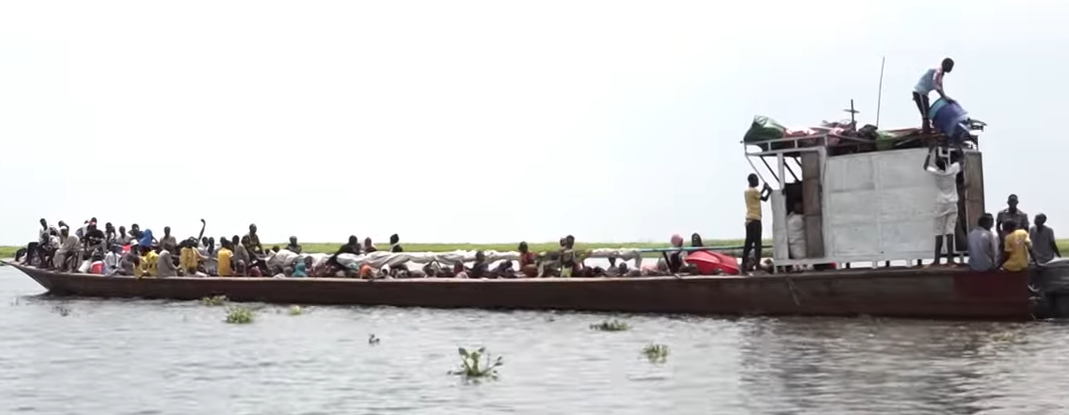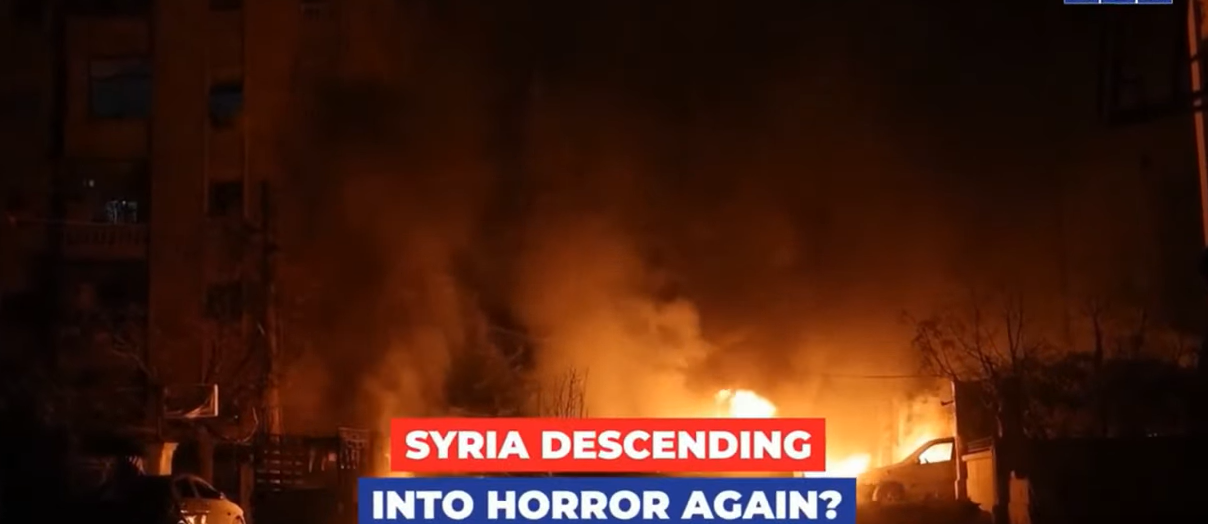Gen. Idi Amin. The bad old days are back. Photo: Wikipedia.
If you have never been picked Panda Gari way by the notorious Museveni feared drone vehicle and you wonder how it looks like inside, what happens after being picked and where you are taken blindfold-chained and handcuffed- count yourself lucky! The experience is excruciating and lives forever psychologically damaging scars to your “faculty of thinkology.”
Panda Gari is a kiswahili word which was coined in the 1970s or thereabout by soldiers during the regime of self appointed field marshal El-haj Idi Amin—it means “Get in the Vehicle”. Once inside the car the victim would often never be seen again—not alive anyway.
It was also used by soldiers during the second government of Milton Obote from 1980 to 1985. Obote’s soldiers used the ruthless method to fight guerrillas and suspected armed opposition radicals. During Amin’s murderous regime, the State Research Bureau would pick up anyone uttering some disparaging comments about the dictator. Amin emphasized that everyone had the freedom of expression, but freedom “after expression” was not guaranteed.
Many of the people who presently compose the government of Gen. Yoweri Museveni were then in their thirties during Amin’s era, including Gen. Museveni himself, Matia Kasaija, Ruhakana Rugunda, Moses Ali—among others. Panda Gari was the order of the day. Many victims would be picked by Peugeots cars from their homes, offices, or while walking in the streets and asked to get in the vehicle. They would never to be seen again. Sometimes victims were dumped in a forest in Namanve to be devoured by wolves and vultures.
Hussein Lumumba Amin, the son to the late Idi Amin recently revealed that the Volkswagen vehicle that picked Benedicto Kiwanuka, who was the chief justice under Amin, actually belonged to Museveni who had worked in intelligence services under Obote, whom Amin deposed in 1971. The number plates were recorded in broad daylight and later Museveni was seen driving it in Maluku Housing Estate. Museveni later fled out of the country when the investigations were instituted against him. Kiwanuka was of course murdered.
Today, many years later, Panda Gari, the same method of kidnapping is being used by the same people who once fought against it. Some of them recall the “evil ways” of Amin whole using the same tactics to carry out atrocities. Lately, if you belong to opposition and you are capable of mobilizing people around you against dictator Museveni, the feared and highly trained commandos will pick you up and Panda Gari you away. They will drive you to the torture chambers or so-called “safe houses” which are scattered around the country, for interrogation.
Many lives have been lost and innumerable innocent Ugandans are currently being held in unknown places with no explanation from the Police and the Army. Many of the vehicles carry fake and or private number plates. The intelligence agents are scattered everywhere in the country and once you are identified or heard talking about Museveni’s election theft, and the need to protest, you’ll be taken away Panda Gari style. The vehicles are called “drones” by Ugandans.
The kidnaps that happened prior to the Jan. 14, 2021 election targeted mainly polling agents of the main opposition presidential candidate Robert Kyagulanyi, a.k.a. Bobi Wine, whose victory is being denied by Museveni’s rigging. Those who have been arrested are those who got copies of the Declaration of Results forms for presidential results, and refused to be bought off by the regime’s operatives, who were everywhere changing results of the election.
These drones have picked me from my home twice and taken me to be tortured. The torture operatives often pick up people from restaurants. They belong to Museveni’s army and secret army that is trained in Russia to silence dissidents. To the aging kleptocrat Museveni, everyone is a potential dissident and enemy.
Last year in November, a friend of mine whose brother was picked up by a drone had the opportunity to record the number plate. Upon searching all the police stations around Kampala and petitioning the Inspector General of Police to reveal the whereabouts of his brother with no luck, he conducted a search of the registration number. Through Uganda Revenue Authority he traced it to a car dealership. The car dealer, a Pakistani, told my friend that the vehicle was bought by the Uganda Police, and never transferred it to their names. My friend still doesn’t know where his brother is even after a habeas corpus issued by the high court in Kampala.
The drone vehicle is normally occupied by four men in Uganda People’s Defense Forces (UPDF) combat troops armed with silencer machine guns. Three other young boys in civilian clothes armed with pistols also make up the team, and a driver is the ringleader. Inside the drone are sky router tracking GPS machines which track locations by the mobile phone of the victims.
The car is always window tinted and only the windshield is clear. The drivers of such drones cruise them recklessly and at top speed with total disregard of traffic guidelines. Their work is to pick the suspects and deliver them to “safe houses” and torture chambers scattered in Kampala, Entebbe, Mukono, and Wakiso.
The suspects are often interrogated while subjected to despicable, inhuman, and barbarous tortures as I described of my own experience in the past.
We are living in precarious times.
The columnist Kakwenza Rukirabashaija can be reached via [email protected]







